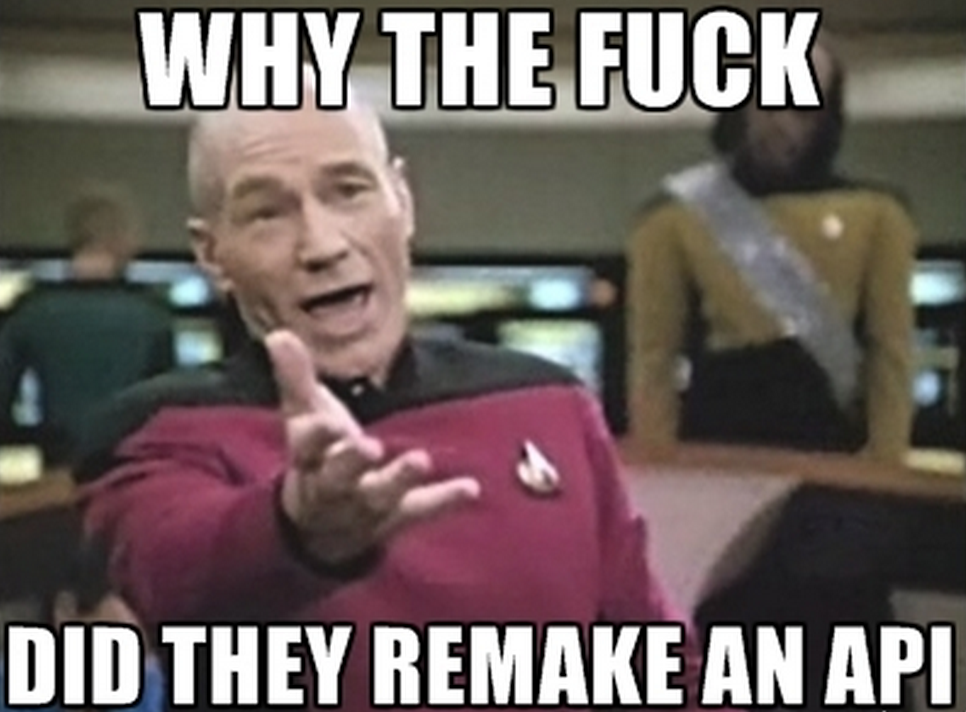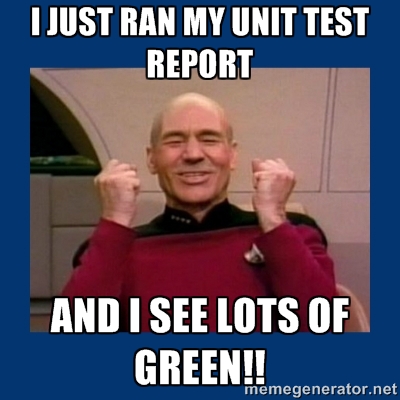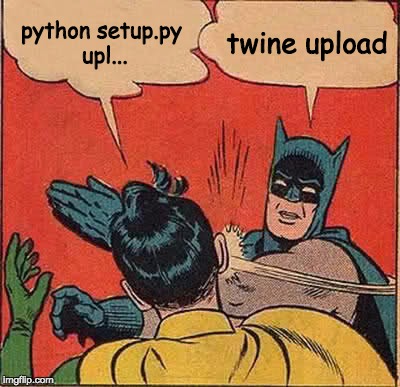I'm looking for a new job, so I need to update my resume again. As a Django Dev I should store and display these data in my blog's about page. Because I'm a geek, I chose to write a Django third application for this usage and integrate it in my blog project. Obviously this app is free on GitHub: ZuluPro/django-cv.
For those who don't want to read too much (they are a lot) the result is here: django-cv-demo.herokuapp.com/1/








